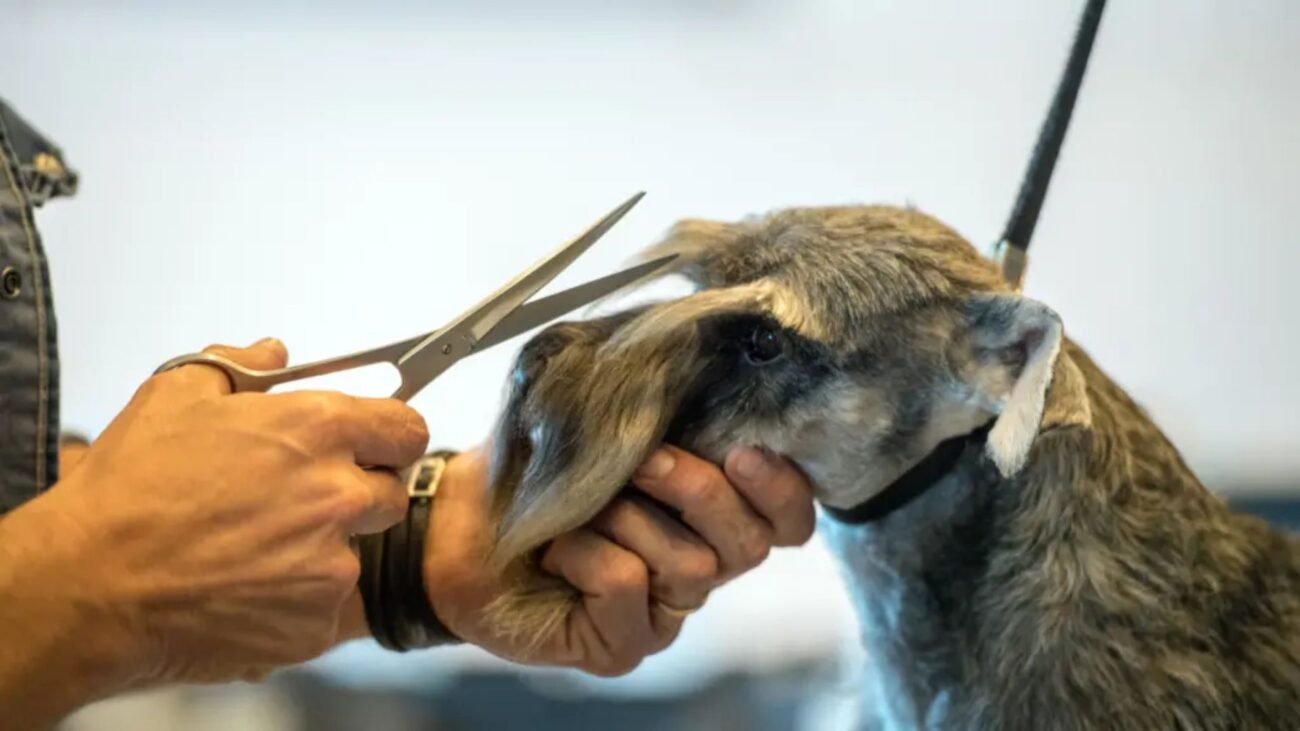Finding a trustworthy dog groomer can feel overwhelming, especially with so many options claiming to be “the best.” Whether your pup needs a routine trim, a medicated bath, or specialized breed styling, choosing the right groomer ensures your dog’s safety, comfort, and happiness. In this guide, we’ll walk you through how to find top-tier local groomers, red flags to avoid, and low-competition keywords like certified dog groomers near me, questions to ask a dog groomer, and red flags in dog grooming salons. Let’s get started!
Why Choosing the Right Dog Groomer Matters
A professional groomer does more than just make your dog look good—they:
- Prevent skin infections by properly drying coats and cleaning ears.
- Spot health issues like lumps, rashes, or parasites.
- Reduce stress with gentle handling and breed-specific expertise.
A bad grooming experience, however, can lead to injuries, anxiety, or even long-term fear of grooming.
How to Search for Local Dog Groomers
1. Use Online Directories with Reviews
- Google My Business: Filter by ratings (aim for 4.5+ stars) and read recent reviews.
- Yelp: Look for groomers with detailed feedback mentioning patience, cleanliness, or special needs.
- Bark or Thumbtack: These platforms vet professionals and allow you to compare quotes.
Pro Tip: Search niche terms like fear-free dog groomers near me or mobile dog grooming services.
2. Ask for Recommendations
- Veterinarians: Vets often know groomers experienced with medical needs (e.g., post-surgery care).
- Local Pet Stores: Staff usually have insider knowledge of reputable groomers.
- Dog Parks: Chat with owners of well-groomed dogs.
3. Check Social Media
- Instagram/Facebook: Look for before-and-after photos, client testimonials, and live grooming demos.
- Nextdoor: Local community groups often share honest experiences.
6 Red Flags to Avoid in Dog Grooming Salons
1. No Certification or Training Proof
Certifications from organizations like the National Dog Groomers Association of America (NDGAA) or International Professional Groomers (IPG) indicate formal training. Avoid groomers who can’t provide credentials.
10 Questions to Ask a Dog Groomer
- Are you certified? How do you stay updated on grooming techniques?
- Do you have experience with my dog’s breed or coat type?
- What’s your process for handling anxious or aggressive dogs?
- Can I tour the facility before booking?
- Do you use cage dryers? (Avoid—forced-air dryers are safer.)
- What products do you use? (Hypoallergenic shampoos are ideal.)
- How long will the grooming take?
- What’s included in the base price?
- Do you offer sedation? (Red flag if they do—groomers shouldn’t administer drugs.)
- What’s your cancellation policy?
How to Prepare Your Dog for Grooming
- Brush Regularly: Prevents mats and makes grooming easier.
- Practice Handling: Touch paws, ears, and tail to desensitize.
- Bring Familiar Items: A favorite toy or blanket can soothe anxiety.
- Share Medical Notes: Alert groomers to allergies, arthritis, or seizures.
What to Do After Grooming
- Inspect Their Coat: Look for uneven cuts, razor burns, or missed mats.
- Check Ears and Nails: Ensure nails aren’t overcut and ears are clean/dry.
- Monitor Behavior: Lethargy or whining could indicate stress or pain.
3 Alternatives to Traditional Grooming
- Self-Serve Dog Washes: Facilities like Petco’s DIY stations let you bathe dogs affordably.
- At-Home Grooming Kits: Invest in quality clippers (e.g., Andis) and learn basic trims.
- Grooming Schools: Students supervised by pros offer discounted services.
Case Study: A Grooming Gone Wrong (And How to Avoid It)
In 2022, a Texas family sued a salon after their Shih Tzu suffered severe clipper burns and required stitches. The groomer had no certification and used outdated equipment. Always verify credentials and tour facilities!
FAQs About Dog Grooming
Q: How often should I groom my dog?
- Short coats: Every 8–12 weeks.
- Long/dense coats: Every 4–6 weeks.
Q: Why is my dog shaking after grooming?
A: Stress, cold, or pain. Contact your vet if it persists.
Q: Can groomers refuse aggressive dogs?
A: Yes—many require sedation-free behavior assessments first.
Final Tips for Finding the Perfect Groomer
- Trust Your Gut: If something feels off, walk away.
- Start Early: Puppies adapt better to grooming.
- Leave Detailed Instructions: Provide photos of desired cuts.
